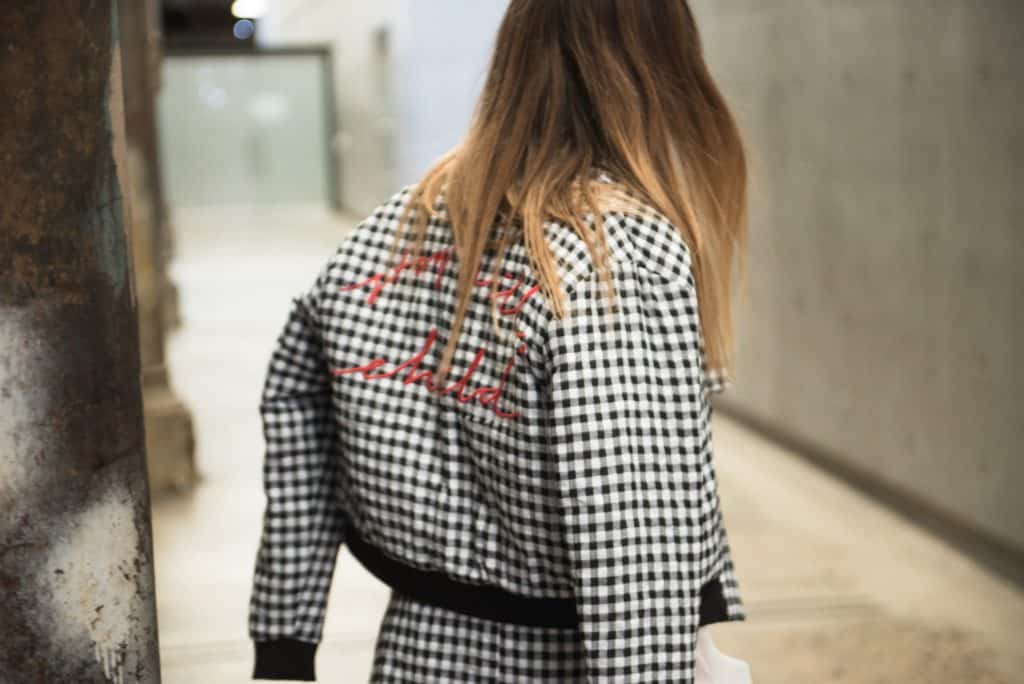In our recent Influencer Marketing Report 2019, 32% of brands in the fashion, luxury and beauty industries claimed that Micro and Mid Tier influencers brought better connections with their target audiences. 46% of professionals believed Micro Influencers are the most effective tier of influence for their brands. As companies push towards differentiating their influencer marketing campaigns, now that the market is becoming familiarized, we take a look at why Micro Influencers, who are influencers with 10K-100K followers have grown so much in popularity, as well as how to find the right Micro Influencers for brand campaigns.
In this article you’ll learn…
Why are Micro Influencers so popular?
Their authenticity
One of the main reasons that Micro Influencers perform so well when it comes to both their accounts and their brand partnerships is because they are generally seen as much more authentic. They generate 22% more weekly conversations than the average consumer and often are able to tailor their content for brand partnerships more specifically, creating both creative and quality content, that speaks to their audience. As their following is also slightly lower, the activity and content they publish seem a lot more achievable and relatable to their audience, authenticating their recommendations further. Audiences are also aware that Micro Influencers are probably paid slightly less, or sometimes not at all when it comes to product promotion on their channels and pages, so the products they do promote are probably ones they genuinely love.
Their engagement
The higher a digital creator’s following, the lower their engagement is likely to be. This is for a number of reasons, but the more followers you have, the least likely 100% of them are going to interact with your post. As a result of this, Micro Influencers tend to have a slightly higher engagement rate when it comes to their posts, and that engagement is real. This entices a lot of brands, but also a lot of consumers, because it, again, legitimizes a digital creator or influencer. Brands also can boost their own engagement by partnering with Micro Influencers, as their dedicated (and engaged!) followers might head over to a brand account as a result of a collaboration or promotion.
Their niche
Micro Influencers often have a niche. This could be anything from food hacks to fashion tips, but it tends to be the case that they have a specific content craft, that they execute really well. This means they also reach a very niche audience, who are strictly interested in the type of content they are producing. If a brand’s target audience matches that niche, it’s an easy way to tap into the exact market you need, directly and easily. Taking this further, platforms like Instagram recognize accounts in specific niches, so if the platform flags that someone is posting a lot of fashion-related content, and is receiving high engagement levels, they will show that content to a wider audience interested in or searching for fashion-related content via the explore page and tailored content suggestions.
They are cost-effective
Whether the brand is small or large, cost-effective advertising is beneficial. Micro Influencers tend to charge lower rates, and some work on a collaboration basis, which makes partnerships more flexible. It allows smaller brands to branch out into influencer marketing whilst staying in budget, but also allows larger brands to work with a higher volume of influencers, for the same price as working with one All-Star Influencer.
82% of consumers are likely to follow recommendations from Micro Influencers – which also means this cost-effective advertising is about to become even cheaper, as the conversion possibilities are endless.
How can you find the right Micro Influencers?
There are a number of ways that you can leverage Micro Influencers for your brand. First, monitor your audience, and find areas of interest. If you have a branded hashtags, take a look at who is posting in it, and what types of content they are posting – you might even find a few Micro Influencers in there that already love your brand.
A great example of this in practice is beauty brand Glossier, who rewards their fans for creating content, whilst repurposing user-generated content for their own channels. They look to the audience they already have to either find or create Micro Influencers, and receive authentic reviews and online demos.
Beyond looking into your initial audience, its useful to utilize an Influencer management tool, in order to find the influencers that match your brand, budget, and size the best. These are carefully vetted, which means you won’t risk partnering with an influencer who may not offer you the best results or who might ghost you after receiving your products. You can also make sure you are matching with an influencer that genuinely fits your brand messaging, and niche, or whose following is largely made up of your target audience.

